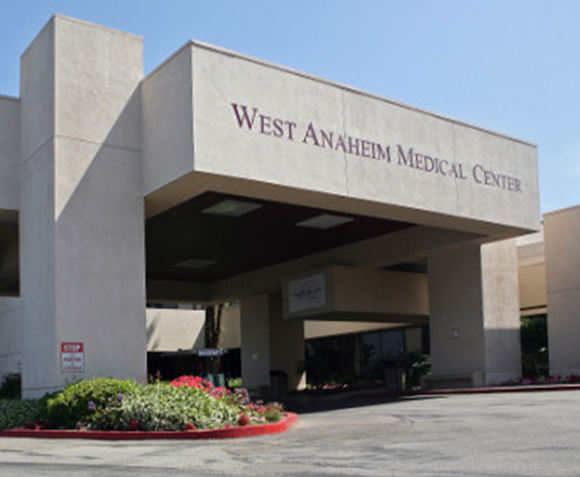The presence of a lump near the anus can be a source of significant discomfort and anxiety for those experiencing it. This condition, often associated with pain, itching, and bleeding, can severely impact an individual’s quality of life. Understanding the possible causes, recognizing the symptoms, and exploring the available treatments are crucial steps towards finding relief from the painful symptoms associated with a lump near the anus.
Possible Causes
Several conditions can lead to the formation of a lump near the anus. One of the most common causes is hemorrhoids, which are swollen veins in the anal canal. Hemorrhoids can be external, occurring under the skin around the anus, or internal, located inside the rectum. External hemorrhoids are more likely to cause a noticeable lump and can be quite painful, especially if they become thrombosed, meaning they develop a blood clot.
Another possible cause is an anal abscess, which is a pocket of pus that has built up in the tissue surrounding the anus. Abscesses are usually the result of a bacterial infection and can cause significant pain and swelling. If left untreated, an abscess can lead to more serious complications, such as a fistula, an abnormal connection between two body parts like the intestine and the skin.
Anal warts, caused by the human papillomavirus (HPV), can also appear as lumps around the anus. These warts are usually harmless but can be itchy and uncomfortable. In some cases, they can also be a sign of a more significant health issue, as certain strains of HPV are associated with an increased risk of anal cancer.
Recognizing the Symptoms
The symptoms associated with a lump near the anus can vary depending on the underlying cause but often include:
- Pain: This can range from mild discomfort to severe pain, especially during bowel movements, sitting, or walking.
- Itching: The anal area may feel itchy, which can be exacerbated by scratching, leading to further irritation and potential infection.
- Bleeding: There may be bleeding during bowel movements, which can be a sign of hemorrhoids or other conditions like anal fissures (tears in the lining of the anus).
- Discharge: An anal abscess or infection may cause a foul-smelling discharge from the anus.
- Swelling: The area around the anus may become swollen and inflamed, which can be tender to the touch.
Finding Relief
Relief from the symptoms of a lump near the anus involves treating the underlying cause. For hemorrhoids, initial treatments may include increasing fiber intake to soften stool, using topical creams or suppositories to reduce swelling, and taking warm baths to alleviate discomfort. In more severe cases, minor surgical procedures may be necessary, such as rubber band ligation or removal of the hemorrhoid.
For anal abscesses, treatment typically involves draining the abscess, either through a minor surgical procedure or by using antibiotics if the abscess is small and hasn’t ruptured. It’s crucial to address abscesses promptly to prevent the formation of a fistula or the spread of infection.
Anal warts can often be treated with topical medications that help remove the warts. In some cases, a healthcare provider may need to surgically remove the warts or use cryotherapy to freeze them off.
Prevention is Key
While some conditions cannot be completely prevented, there are steps that can be taken to reduce the risk of developing a lump near the anus. Maintaining good hygiene, avoiding excessive straining during bowel movements, eating a high-fiber diet to prevent constipation, and practicing safe sex to reduce the risk of HPV and other sexually transmitted infections can all contribute to anal health.
Seeking Medical Attention
If symptoms persist or worsen over time, it’s essential to seek medical attention. A healthcare provider can provide a proper diagnosis and recommend appropriate treatment options. Early intervention can prevent complications and help alleviate painful symptoms sooner.
What are the most common causes of a lump near the anus?
+The most common causes include hemorrhoids, anal abscesses, and anal warts. Each condition has distinct symptoms and requires specific treatments.
How can I prevent getting a lump near the anus?
+Prevention involves maintaining good anal hygiene, avoiding straining during bowel movements, eating a diet high in fiber, and practicing safe sex to reduce the risk of sexually transmitted infections.
When should I seek medical attention for a lump near the anus?
+It's crucial to seek medical attention if symptoms persist, worsen over time, or if you experience severe pain, significant bleeding, or signs of infection such as increased redness, swelling, or fever.
In conclusion, a lump near the anus can be a sign of several underlying conditions, each requiring a unique approach to treatment. Understanding the possible causes, recognizing the symptoms, and seeking appropriate medical care are essential steps towards finding relief and ensuring the best possible outcomes for one’s health.



